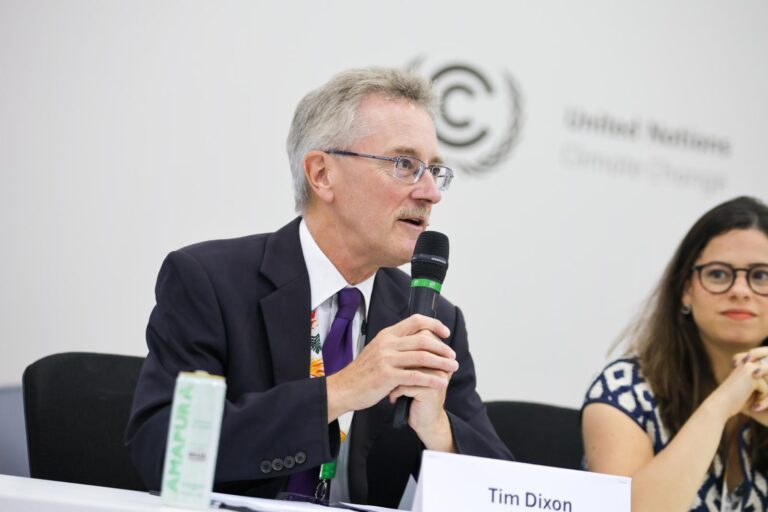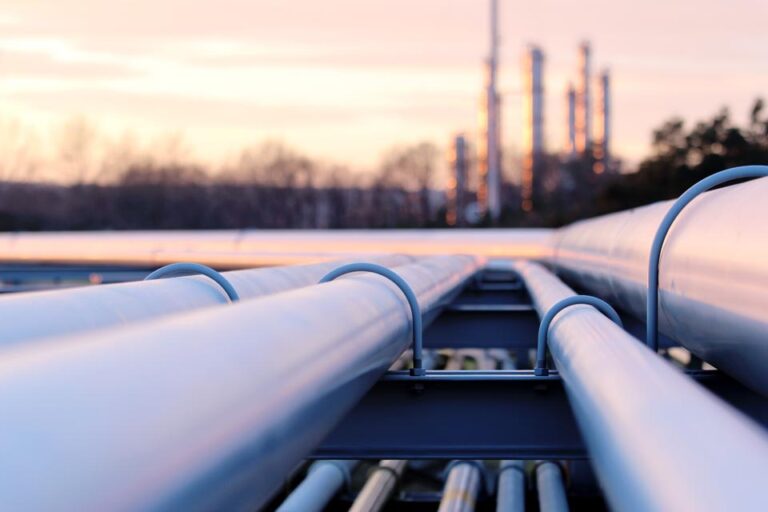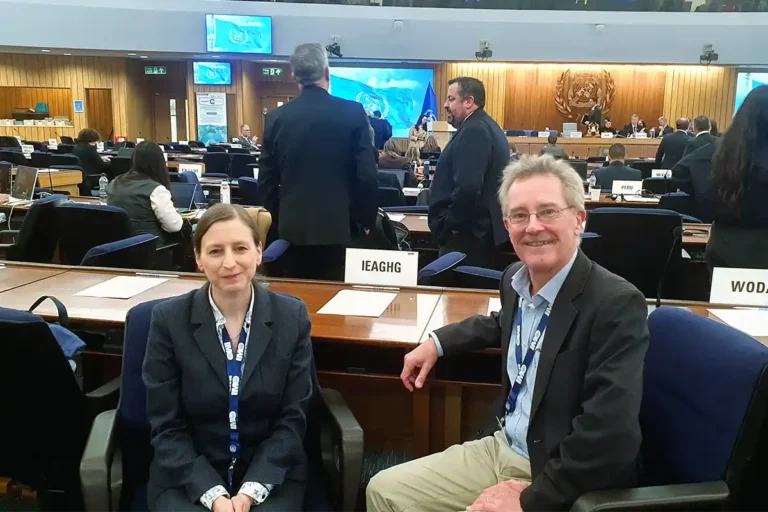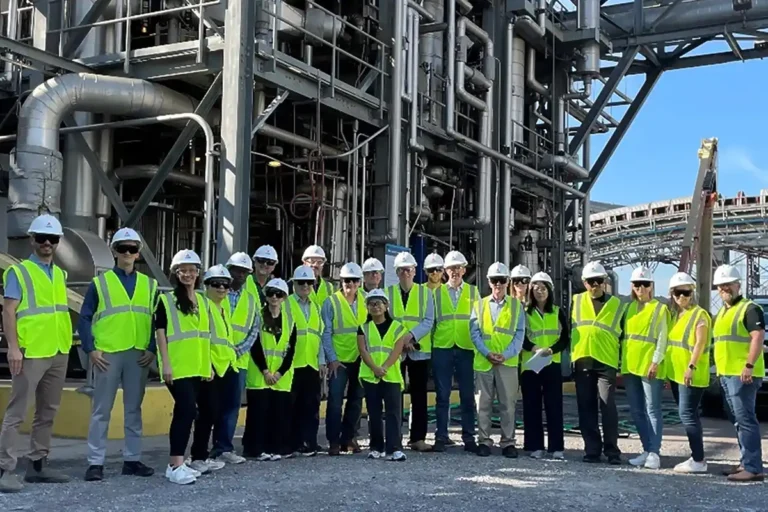
New IEAGHG Technical Report: Criteria for Depleted Reservoirs to be Developed for CO₂ Storage
17 January 2022
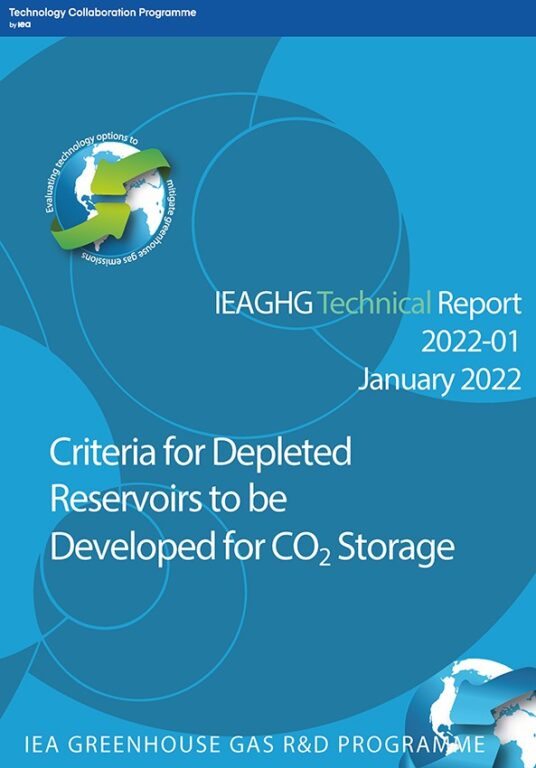
The long-term, secure storage of CO2 depends on injection and retention within well characterised geological reservoirs, such as saline aquifers or depleted oil and gas fields (DO&GFs).The potential CO2 storage capacity in saline formations is well understood, and the objective of this IEAGHG study was to specifically focus on a set of storage conditions that apply to depleted hydrocarbon fields. This work was contracted out by IEAGHG to the Bureau of Economic Geology at the University of Texas, Austin and was published in January 2022.
The study is split into three main sections: a review of case studies for CO2 storage in depleted hydrocarbon fields; original research looking into reservoir pressure depletion, boundary conditions, the effect of residual hydrocarbons on injectivity and capacity; and the economics of infrastructure reuse for CO2 storage sites.The third section discusses and integrates the lessons learned to facilitate evaluation of future depleted field storage opportunities.
This study offers a valuable record of the key criteria that operators should consider when looking into depleted hydrocarbon fields for potential CO2 storage and the key messages learned are:
- DO&GFs are valuable and advantageous sites for the storage of CO2.
- Site evaluation when considering depleted fields for storage should be project-specific and should consider the storage requirements and the operators’ metrics for success and views of acceptable risk.
- Sub-hydrostatic reservoir pressure is a sign of closed or semi-closed reservoir boundaries and such reservoirs may offer greater storage security but also place limits on capacity.
- The presence of remaining hydrocarbon gas in place does not necessarily affect the CO2 storage capacity of the depleted dry gas reservoirs, other than occupying pore space.
- Much of a CO2 plume in a depleted dry gas reservoir remains mobile, while capillary and dissolution trapping mechanisms play minor roles in trapping.
- Other than occupying pore space, the amount of remaining gas in place does not significantly affect the capillary and dissolution trapping efficiency of CO2 plume in a depleted dry gas reservoir.
- Infrastructure reuse, based on a comparison of modelled examples, will not always result in lower costs for CCS projects.
- In all projects, outreach and public relations are crucial for reassurance.
- The best scenarios for CO2 storage in depleted fields may be ‘hybrid’ situations, such as CO2-EOR or injection into the water leg down-dip of a depleted reservoir.
- The report includes key guidance on Site Evaluation and Desirable Characteristics.
The report leads to several recommendations, including:
- More case studies of DO&GFs should be investigated, particularly projects that have reached the permitting phase for CO2 storage.
- Further work should investigate the monitoring of CO2 in a depleted field.
- It would be useful to consider more information on the cost-benefit analysis of storage in depleted hydrocarbon fields.
- Pipelines and platforms are the largest costs and this study suggests focusing potential further guidance in assessing these two cost elements in the case of reuse.
- Details could be taken from this work and used to create a comprehensive step-by-step guidance document for operators when selecting and evaluating a potential depleted field for CO2 storage.
Other articles you might be interested in
Get the latest CCS news and insights
Get essential news and updates from the CCS sector and the IEAGHG by email.
Can’t find what you are looking for?
Whatever you would like to know, our dedicated team of experts is here to help you. Just drop us an email and we will get back to you as soon as we can.
Contact Us NowOther articles you might be interested in
Get the latest CCS news and insights
Get essential news and updates from the CCS sector and the IEAGHG by email.
Can't find what you are looking for?
Whatever you would like to know, our dedicated team of experts is here to help you. Just drop us an email and we will get back to you as soon as we can.
Contact Us Now

